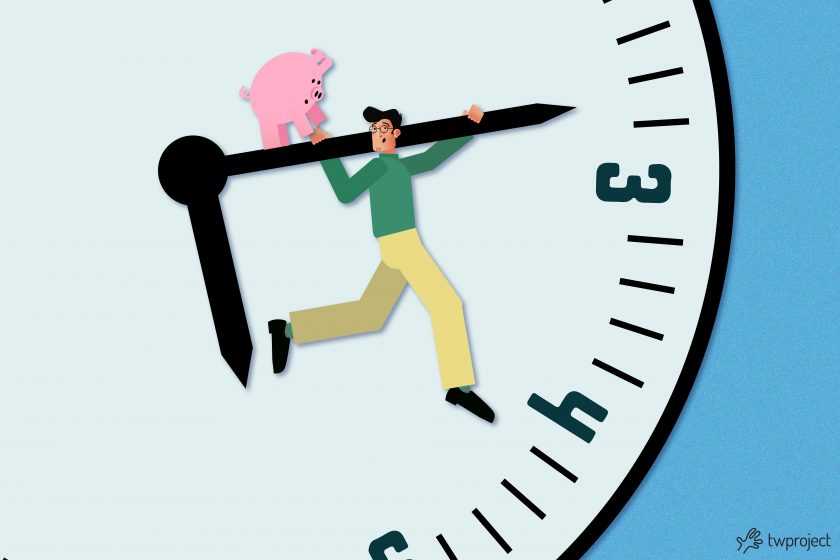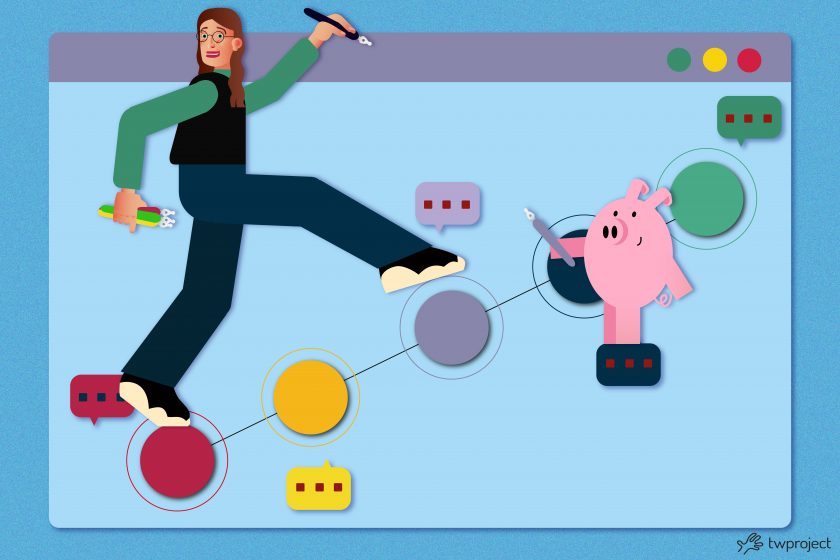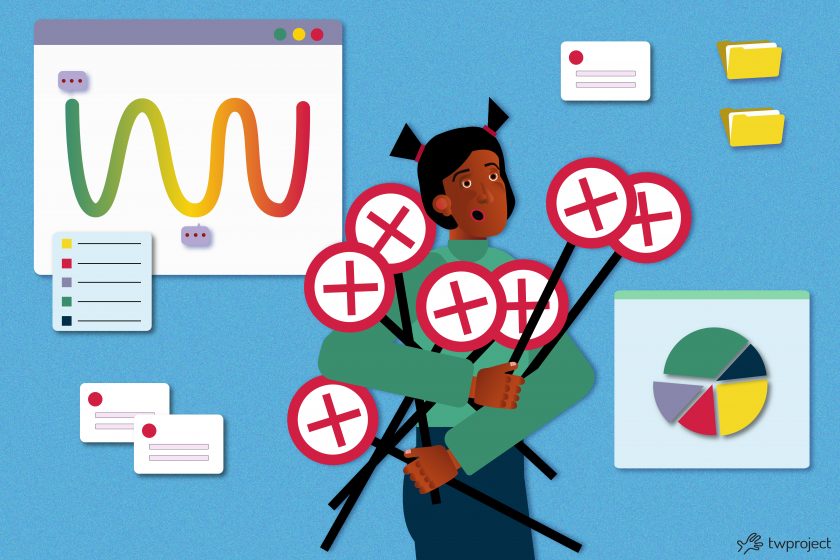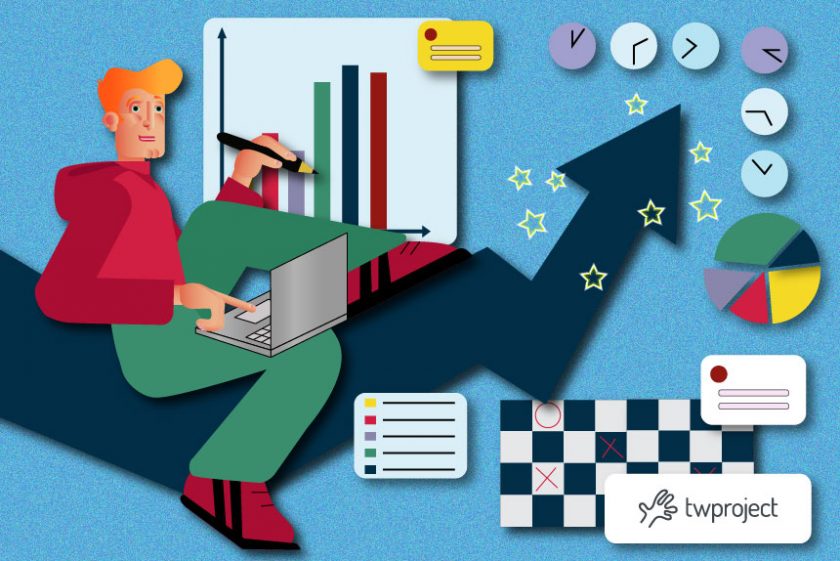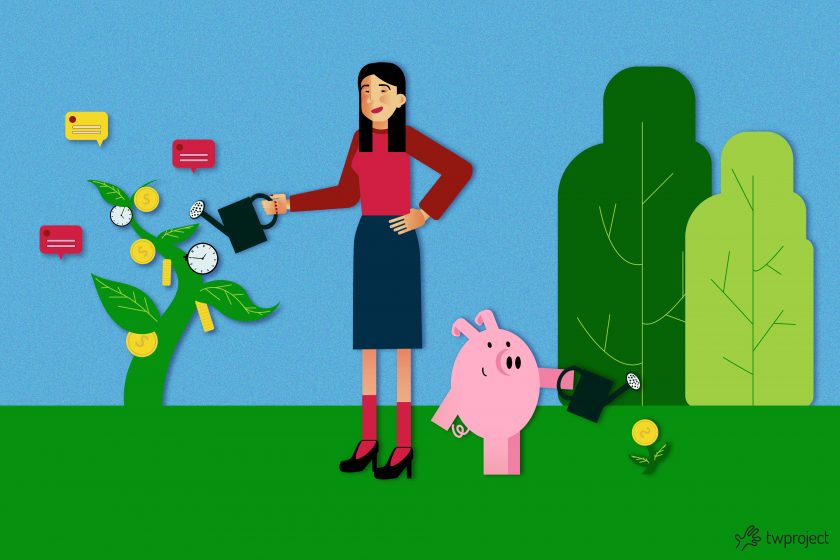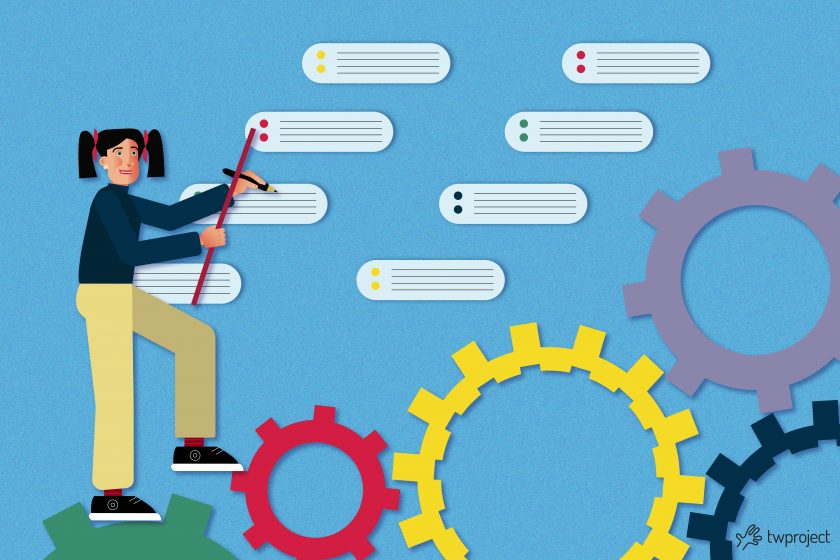-
Manage multiple clients without missing deadlines
Knowing how to manage multiple customers is a daily struggle. Without proper tools, you risk compromising customer relationships, losing current customers, and failing to promote your products or services. Let’s examine how to optimize customer management by leveraging best practices in customer relationship management and the features of Twproject. CONTENT Customer management: building blocks for … Continue reading "Manage multiple clients without missing deadlines"
-
Pilot project: definition, goals, and operational phases
In the project management field, the term “pilot project” is a cornerstone strategy for testing ideas, processes, or products before implementing them on a large scale. But what does it mean to launch a pilot project, what goals do you want to achieve, and what are the operational steps to follow to guarantee its success? … Continue reading "Pilot project: definition, goals, and operational phases"
-
Project Time Management: 5 strategies for meeting deadlines
In project management, time is as valuable a resource as budget or technical skills. Meeting deadlines is one of the most crucial challenges of modern project management. Whether for IT, marketing, or engineering projects, meeting set deadlines directly impacts the quality of deliverables and customer satisfaction. Let’s take a look at 5 effective strategies for … Continue reading "Project Time Management: 5 strategies for meeting deadlines"
-
How to write a project proposal: structure and examples
Writing a well-structured project proposal is a crucial step when starting a new project. Whether you seek approval from a client, a manager, or a stakeholder team, an effective proposal can make all the difference between success and failure. In this article, we will examine how to write a project proposal, what elements to include, … Continue reading "How to write a project proposal: structure and examples"
-
7 Common Mistakes in Risk Management in Projects
Risk management in Projects is a core part of any project, regardless of its complexity or industry. The skill of predicting, identifying, and mitigating risks is crucial to project success. Yet many companies make common mistakes in risk management, which compromise the achievement of their goals and increase the odds of failure. In this article, … Continue reading "7 Common Mistakes in Risk Management in Projects"
-
How a decision tree simplifies project choices
Quick and effective decisions are key to success in project management. Project managers and teams often face multiple options and possible paths. In these cases, the “decision tree” is a powerful tool for simplifying complexity and guiding choices in a rational, evidence-based manner. CONTENT What is a decision tree Decision tree structure Why use a … Continue reading "How a decision tree simplifies project choices"
-
Healthcare project management: from objectives to action
Healthcare project management is becoming essential for achieving objectives, optimizing resources, and ensuring continuous improvement in service quality. Through a structured, results-oriented approach, project management in the healthcare industry allows ideas and strategies to become tangible, efficient actions. CONTENT The importance of healthcare project management Health project management: from objective setting to action Healthcare project … Continue reading "Healthcare project management: from objectives to action"
-
Waterfall vs Agile: Which methodology to choose for project management?
Which methodology between Waterfall vs. Agile to choose? Every project comes with its own set of unique challenges, and this decision—whether to adopt a waterfall approach or embrace agile development—comes up in every scenario. Now, more than ever, it is crucial to ensure that the development methodologies used by an organization are tailored to the … Continue reading "Waterfall vs Agile: Which methodology to choose for project management?"
-
Obtaining project budget approval: 5 key tips
Obtaining project budget approval is not an easy task. Every project comes with costs, and generally, the larger and more complex the project, the more difficult it will be to get approval. CONTENT Obtaining budget approval: What to consider when making a project budget 1. Cost estimates 2. Budget contingency 3. The bottom-up approach 4. … Continue reading "Obtaining project budget approval: 5 key tips"
-
Differences between Project Management and Program Management: Full Guide
Project Management and Program Management are related and often interconnected disciplines. Projects are like trains managed by a project manager who helps drive a team’s work to achieve goals and produce a finished product or service. A program, in contrast, is like a set of trains running on different tracks but headed for the same … Continue reading "Differences between Project Management and Program Management: Full Guide"
-
Scope Management: managing the project scope
The Scope Management of a project is the set of processes necessary to ensure that the scope of a project is precisely defined and mapped. Project scope management techniques enable project managers to assign the right amount of work required in order to successfully complete a project, particularly by controlling what is and what is … Continue reading "Scope Management: managing the project scope"
-
The Project Management Plan as a project compass
What is a project management plan? You probably already know it, but if this is not the case, or if you still have doubts, read this article and we will try to explain it. Contracts have been signed, handshakes have taken place and a new project is officially on its way. TABLE OF CONTENTS What … Continue reading "The Project Management Plan as a project compass"
-
Project scorecard: what it is and how to use it
The project scorecard is a key document that provides insight into the effectiveness of a project. A well-defined evaluation framework helps analyze successes and failures, enabling informed decision-making regarding future initiatives. A consistent evaluation method enables companies to improve accountability and transparency, promoting a culture of constant improvement. CONTENT What is project evaluation? What is … Continue reading "Project scorecard: what it is and how to use it"
-
How to develop effective sustainable projects
Pursuing sustainable projects has become an important focus for companies in many industries. In fact, the global community is increasingly recognizing the importance of environmental and social sustainability, and companies are beginning to understand the need to adopt sustainable practices in their operations. Embracing greener initiatives not only helps to preserve our planet better but … Continue reading "How to develop effective sustainable projects"
-
Analytical skills for successful projects
As a project manager, possessing analytical skills for successful projects is the absolute core of required skills. Analytical thinking can help you explore complex problems, make decisions and find solutions effectively. CONTENT What are analytical skills? The analytical thought process Why are analytical skills important? Analytical skills examples How to improve analytical skills How a … Continue reading "Analytical skills for successful projects"
Project management
Choose the category you are interested in:
AgileComparisonCost managementPm expertProduct updatesProductivityProject managementResource managementTime managementUsage tips



